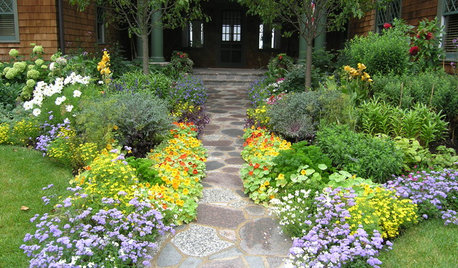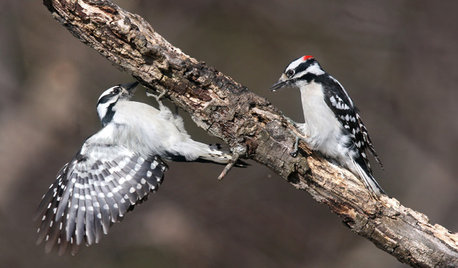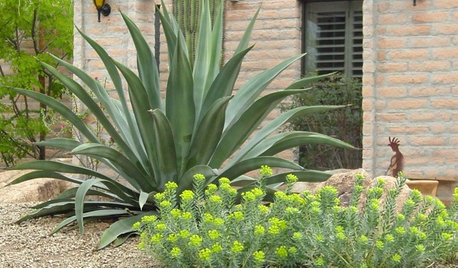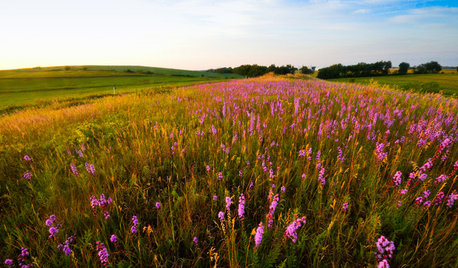Please help me identify these spots on tomato plants :(
greenhousekendra
13 years ago
Related Stories

EDIBLE GARDENSSummer Crops: How to Grow Tomatoes
Plant tomato seedlings in spring for one of the best tastes of summer, fresh from your backyard
Full Story
GARDENING GUIDESPathway Plantings That Please the Senses
Add some color, life and intrigue beside your sidewalk with these 7 suggestions
Full Story
GARDENING GUIDESGreat Design Plant: Ceanothus Pleases With Nectar and Fragrant Blooms
West Coast natives: The blue flowers of drought-tolerant ceanothus draw the eye and help support local wildlife too
Full Story
LIFEKitchen Traditions: Tomato Season Meets a Family Legacy
Somewhere a Sicilian great-great-grandmother is smiling at a bowl of American-made sauce
Full Story
GARDENING FOR BIRDSBackyard Birds: How to Identify Two Common Woodpeckers
Downy and hairy woodpeckers have similar coloration and behavior. But there are two big differences that separate them
Full Story
GARDENING GUIDESHow to Spot a Drought-Tolerant Plant
Label? Who needs a label? Learn the characteristics of plants that can thrive in hot, dry conditions to help you pick the right ones
Full Story
SUMMER GARDENINGHouzz Call: Please Show Us Your Summer Garden!
Share pictures of your home and yard this summer — we’d love to feature them in an upcoming story
Full Story
GARDENING GUIDESGreat Design Plant: Snowberry Pleases Year-Round
Bright spring foliage, pretty summer flowers, white berries in winter ... Symphoricarpos albus is a sight to behold in every season
Full Story
GARDENING GUIDESHelp Fuel the Monarch Migration With These 6 Prairie Plants
Try these nectar-rich beauties and help autumn monarchs
Full Story
Sponsored
More Discussions








squat_johnson
greenhousekendraOriginal Author
Related Professionals
Danbury Landscape Architects & Landscape Designers · Elwood Landscape Architects & Landscape Designers · Erie Landscape Architects & Landscape Designers · Oatfield Landscape Architects & Landscape Designers · Inglewood Landscape Contractors · Pikesville Landscape Contractors · South Farmingdale Landscape Contractors · Southbury Landscape Contractors · Whittier Landscape Contractors · Vadnais Heights Landscape Contractors · Four Corners General Contractors · Halfway General Contractors · Newington General Contractors · Redan General Contractors · Dracut Decks, Patios & Outdoor EnclosuresHoosierCheroKee
HoosierCheroKee
joe-il
P POD
sunsi
anney
carolyn137
nkessler0709
sunsi
greenhousekendraOriginal Author
mitanoff